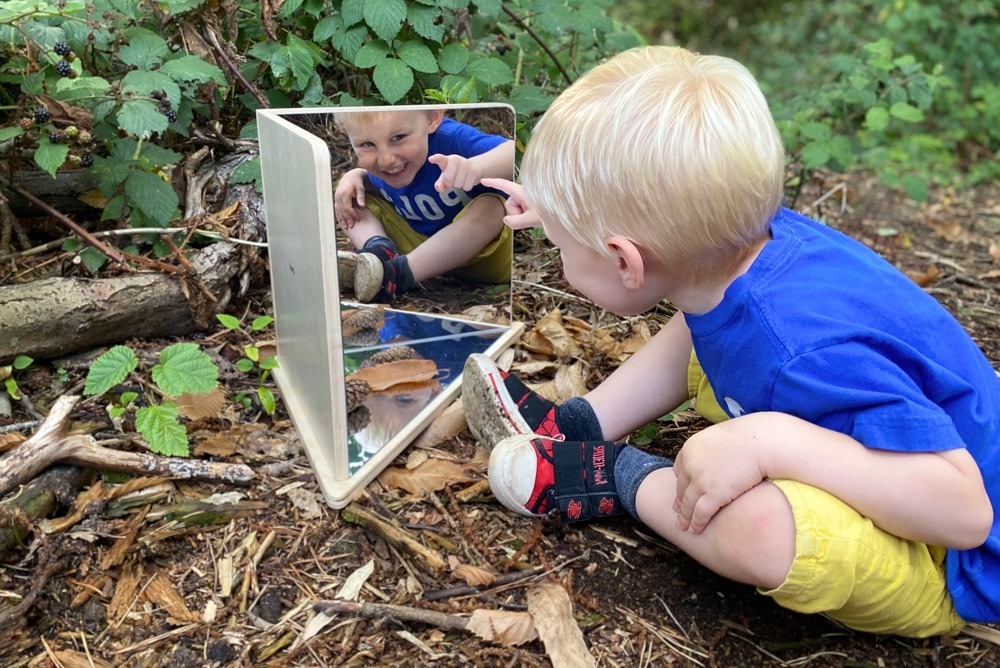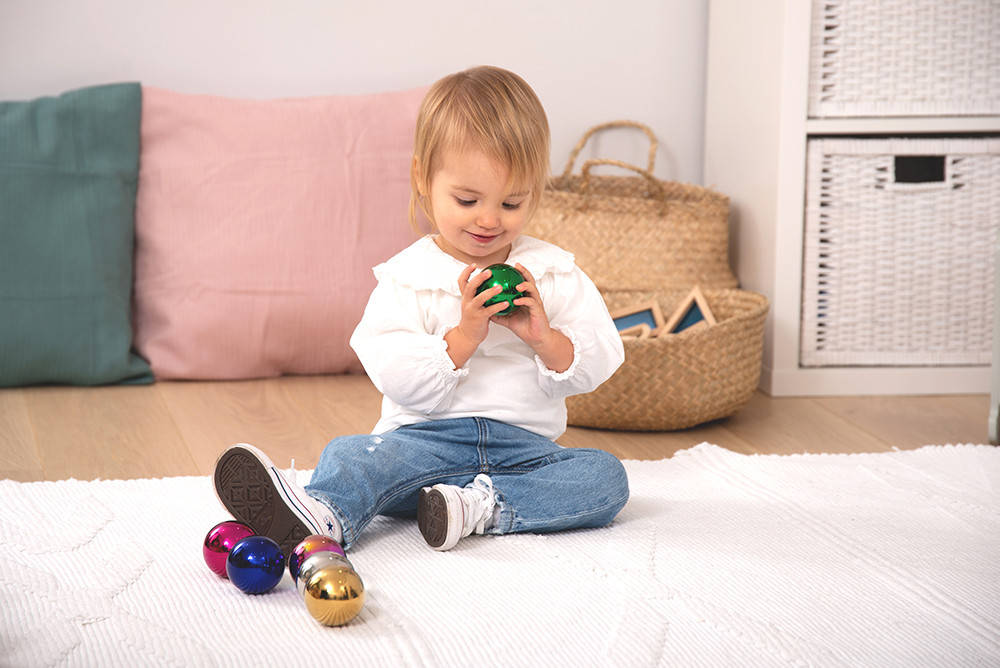USING MIRRORS FOR SPEECH DEVELOPMENT IN THE EARLY YEARS AND BEYOND
My name is William Laven, founder of the podcast Stammer Stories and I have been working with different speech techniques since I was a little child. Growing up, I hated my stammer but now I love it. How? By using different techniques that I got taught when I was a child - one of them was the mirror technique.
Growing up with a stammer, communication wasn't always easy for me. Words that flowed effortlessly for others often stumbled and tripped over themselves on their way out of my mouth. In fact, didn’t say my first few words until I was about 4/5 years old. They thought my stammer was so severe that they taught me Makaton sign language to help my speech.
As a child, I underwent speech therapy for the first 10 years of my life, where I first encountered the transformative power of mirror techniques. Little did I know then that these techniques, coupled with the presence of mirror products at home, would not only help me find my voice but also shape my understanding of communication and relationships.
Reflecting back on those early years, I can still recall the frustration and embarrassment that accompanied each stammered syllable. It was a constant battle between wanting to express myself and fearing the inevitable judgment and misunderstanding that often followed. But amidst the struggle, there was a glimmer of hope – the mirror technique.
In speech therapy, I learned to mirror my own speech patterns, listening carefully to the cadence and rhythm of my words and gently guiding them into smoother, more fluid phrases. It was a process of self-reflection unlike any other, as I learned to accept and embrace my unique way of speaking.
Having mirror products at home further facilitated my journey. A simple handheld mirror became my companion during playtime, allowing me to explore my own reflection and experiment with speech sounds in a safe and comfortable environment. As I grew older, I continued to rely on mirrors, using them to practice any public speaking I did. Seeing my reflection helped me gauge my speech patterns, identify areas for improvement, and make adjustments to ensure my words flowed more smoothly.
Through practice and perseverance, I discovered that mirroring not only helped me with my stammer but also deepened my understanding of communication as a whole. I realised that true communication transcends mere words; it is rooted in empathy, understanding, and connection.
Now, as someone who has journeyed through the challenges of stammering and self-expression, I find myself drawing upon those lessons in my everyday interactions. Whether I'm conversing with friends, colleagues, or strangers, I embrace mirror techniques as a means of fostering open and honest communication.
Since starting Stammer Stories, I have embarked on a journey of different public speaking opportunities from doing a TEDx to talking on National TV. I talk about my stammer along with what it’s like being neurodiverse. Even though I am talking about my stammer, I still get very conscious about it and how people react. Before I start any speech, I go and find the nearest mirror and practise. So, no matter what age you are, practising still works.
But the benefits of mirror techniques extend far beyond speech therapy sessions. For parents of young children, mirror products can be invaluable tools in encouraging early speech development. By incorporating mirror products into daily routines, parents can create opportunities for their children to practice vocalisation, mimic facial expressions, and engage in reciprocal communication.
As I reflect on my own journey towards finding my voice, I am reminded of the importance of embracing one's unique way of communicating. Whether it is through speech therapy, mirror techniques, or playful interactions with mirror products, every step taken towards self-expression is a step towards empowerment and understanding.
In the end, it is not the fluency of our words that defines us but rather the sincerity of our hearts. And through mirror techniques, mirror products, and self-reflection, we can bridge the gap between fear and understanding, paving the way for deeper connections and richer relationships – both with others and with ourselves.
So even though I have had so many different experiences and different techniques tried and tested. The one that I still go to when I need to practise my speech? The mirror technique. It is such a simple but effective technique that can make a huge difference. What we forget is that whenever anyone is preparing for a speech, what do we use as a practise? A mirror!
Top Tips for Embracing Mirror Techniques and Enhancing Communication:
- Practice Active Listening: Pay close attention to both verbal and non-verbal cues during conversations, and mirror back the emotions and sentiments expressed by others.
- Use Mirroring in Everyday Interactions: Whether with children, friends, or colleagues, incorporate mirroring techniques to foster empathy and understanding.
- Integrate Mirror Products at Home: Utilise handheld mirrors during playtime or invest in interactive mirror products to encourage early speech development in children.
- Embrace Self-Reflection: Use mirrors to practice public speaking or refine communication skills, allowing for self-awareness and improvement.
- Cultivate Empathy: Recognise the importance of understanding others' perspectives and emotions, and mirror back their experiences with empathy and compassion.
Written by William Laven, Public Speaker and Founder at Stammer Stories.
Explore Commotion's range of mirrors here.




